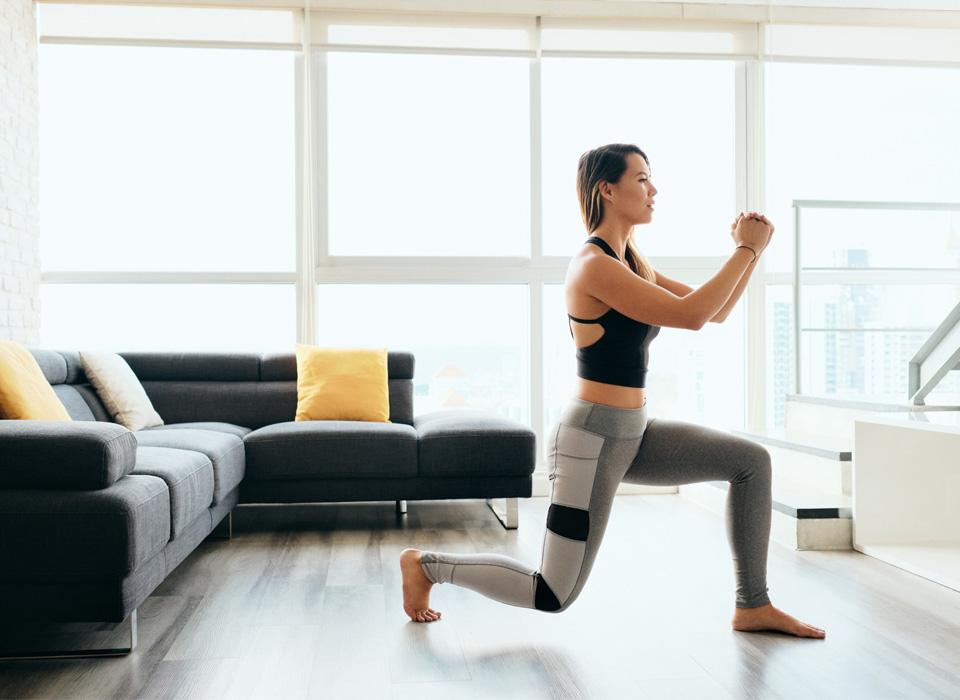People want to feel physically capable. There are certain exercises that translate into feeling more capable during daily living than others. Because of its positional usefulness, the ability to perform a proper lunge will give any person the ability to feel more physically able and strong than just about any other exercise.
The lunge is basically a deep stride. Striding is the action necessary to run longer, walk straighter, climb higher, sprint faster, bound farther, and even jump higher.
Lunging gives us the ability to go up and down stairs, or safely pick something up off the floor.
A lunge is, however, somewhat limited in that it only moves in one direction whereas the human body lives in a three-dimensional space. We can therefore alter the lunge to make it more applicable to a varying environment.
By asking someone to lunge with different postures or foot positions, we instigate altered muscle recruitment which creates a more dynamic environment more applicable to a three-dimensional space.
Standard Lunge
The standard lunge requires a person to keep an upright spinal posture, the forward knee extends to above the forward foot but not usually beyond the toe and the rear knee descends to the ground directly beneath the hip.
Primary Movers: Front leg quad, glute
Primary Stabilizers: Front leg hamstring, rear leg quad
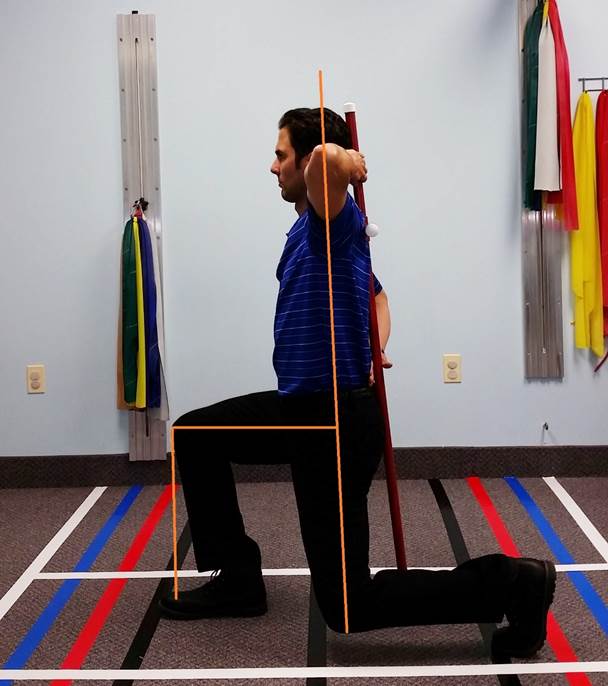
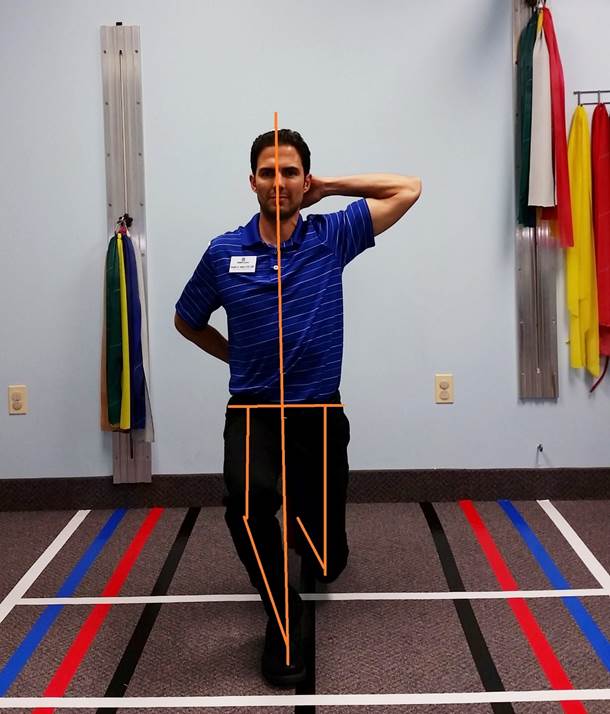
Extended Lunge
An extended lunge has a longer base of support than a standard lunge. This lunge puts a greater stress on the hip flexors of the rear leg and can pull a person into spinal extension. Many people will perform an extended lunge to compensate for glutes that are not as powerful as the spinal extensors. When performed with a neutral spine, the extended lunge encourages greater stabilization from the rear quad and calf.
Primary Movers: Front leg glute, quad, hamstring; Rear leg calf
Primary Stabilizers: Abdominals, rear leg hip flexors & quad
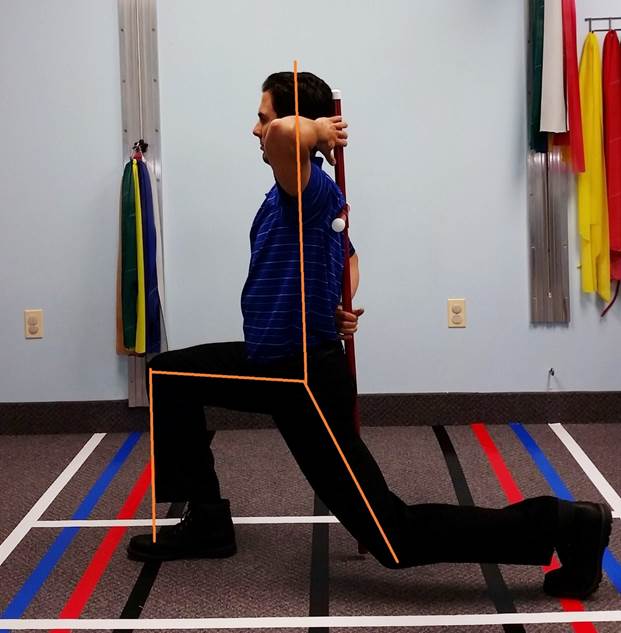
Forward Leaning Lunge
A forward leaning lunge puts the glutes of the front leg on a pre-stretch, and therefore the glute is a more active mover. Also, the forward lean shortens the hip flexor group of the rear leg which effectively removes some of its action in the exercise.
Primary Movers: Front leg glute, hamstring
Primary Stabilizers: Front leg quad, calf; rear leg quad
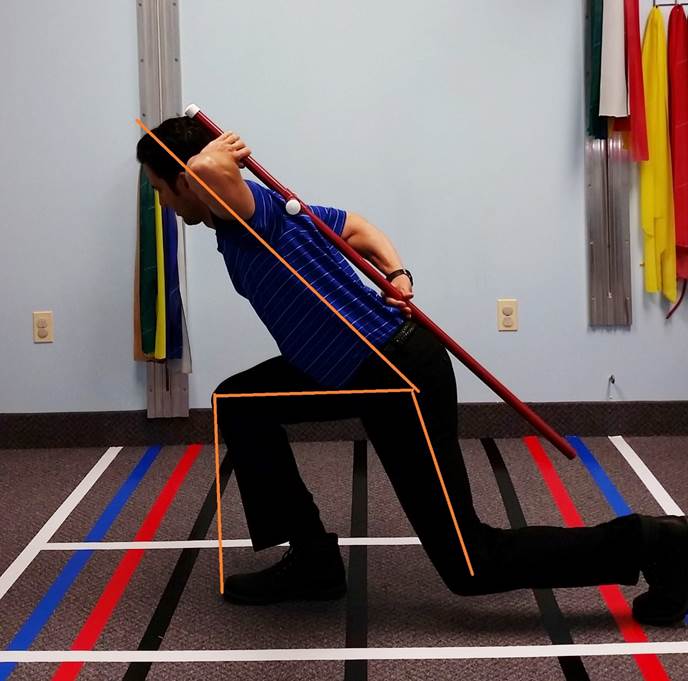
Backward Leaning Lunge
Similar to the Extended Lunge, a backward leaning lunge puts a greater requirement on the rear leg for support and strength. A backward leaning lunge puts the rear leg hip flexors and quad on pre-stretch, forcing them to be part of the eccentric contraction during descent and concentric contraction during ascent.
Primary Movers: Front leg quad; Rear leg quad, hip flexor
Primary Stabilizers: Abdominals; Rear leg quad, calf; Front leg calf
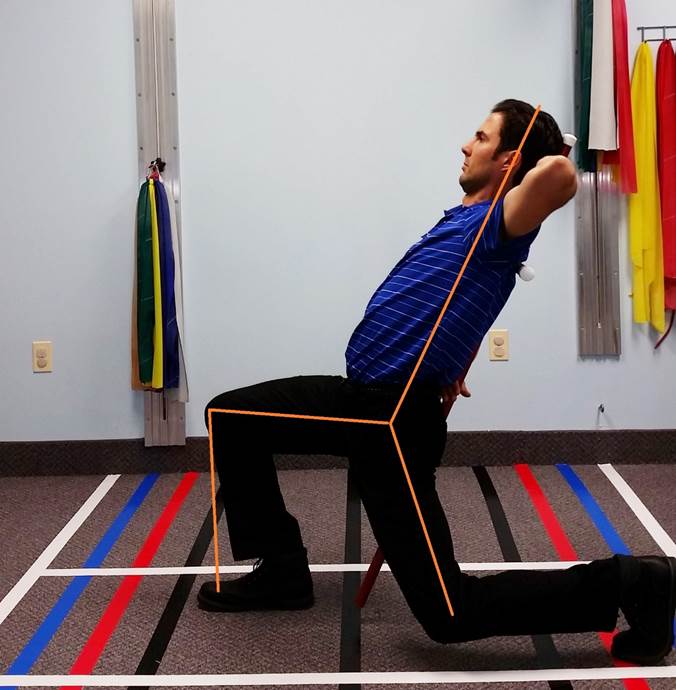
Wide Stance Lunge
In addition to changing stance and position front to back, we can alter lunge foot position side to side. A wide lunge puts our base of support further away from our Center Of Mass which forces greater pelvic stabilization through the movement.
Primary Movers: Front leg quad; Rear leg Adductors
Primary Stabilizers: Front leg glute, adductors; Rear leg quad
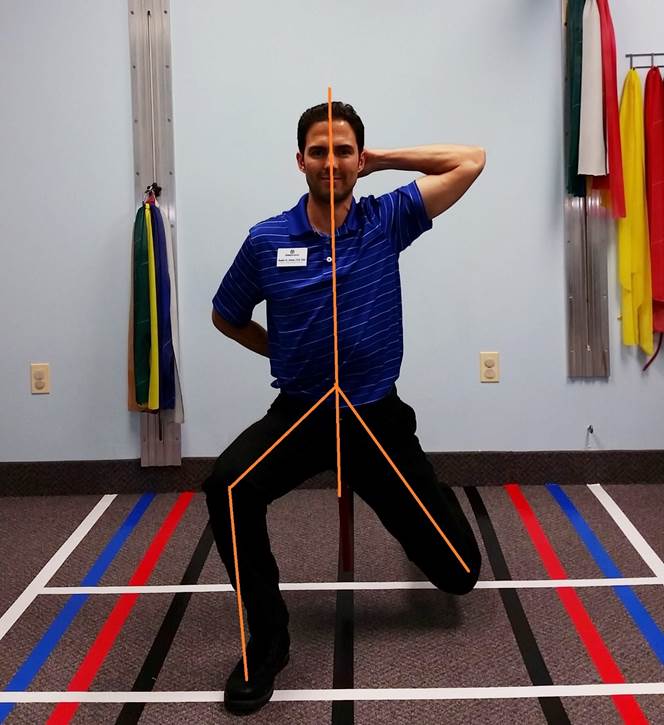
Kurtzie Lunge
A kurtzie lunge alters muscle recruitment in both the front and rear leg in that segments of the quads become more targeted. The front leg glute is again put on pre-stretch but the front foot is also placed in an everted position which induces greater knee valgus and makes it more difficult to maintain a strong foot arch.
Primary Movers: Front Leg glute, quad
Primary Stabilizers: Front leg calf, toe flexors; Rear leg lateral quad
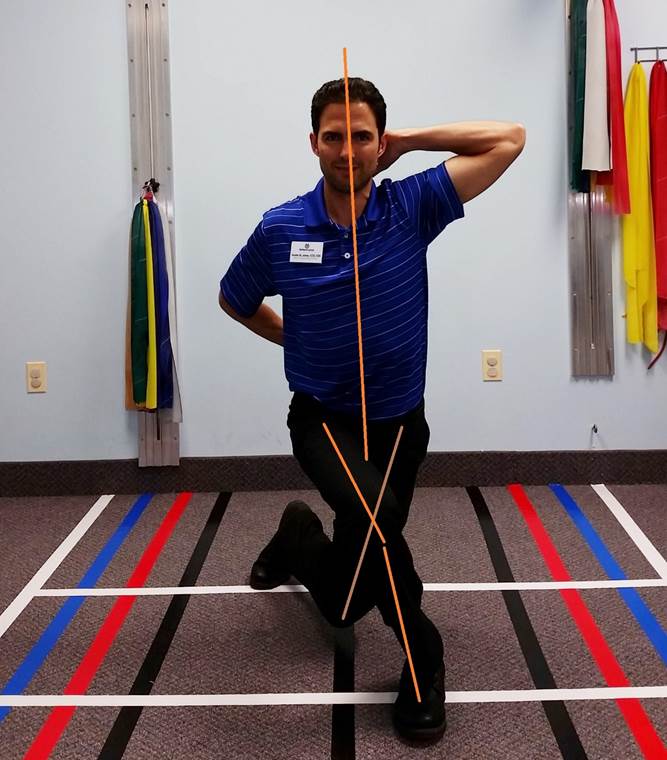
Everyone feels more capable when they can properly perform a lunge. Lunges come in many shapes, sizes and directions, however, so knowing how different lunges change forces within the body is critical when it comes to helping someone become more three dimensionally functional.
